Force Diagrams and Resultant Forces - Year 7 PDF Download
| Table of contents |

|
| Introduction |

|
| Free body diagrams |

|
| Resultant Forces |

|
| The Impact of Forces |

|
Introduction
- When multiple forces act on an object simultaneously, their size and direction dictate the movement of the object.
Free body diagrams
- In free body diagrams, forces acting on an object are illustrated with arrows representing their size and direction.
- Steps for drawing a force diagram:
- Represent the object using a small box or dot.
- Draw arrows with a pencil and ruler.
- Draw arrows from the center of the box or dot.
- Label each arrow with the force's name and size.
Examples of force diagrams include:
A book resting on a table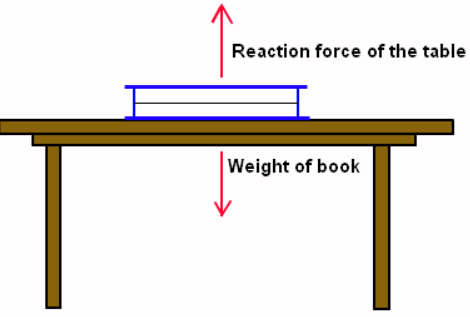
Skiing down a hill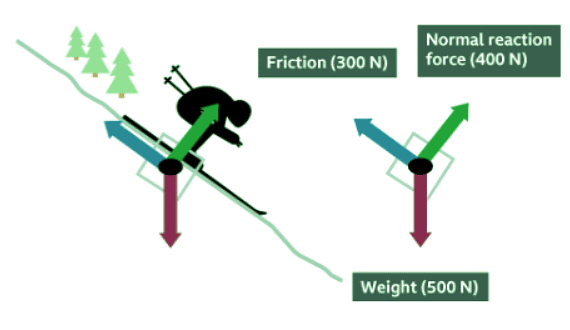
A boat floating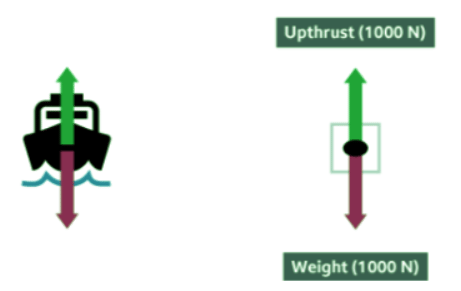
Resultant Forces
- When multiple forces act on an object simultaneously, the resultant force, also known as the overall force, is the net force acting on the object.
- It's crucial to remember that forces are vectors, and their direction matters when calculating the resultant force.
- There are two main scenarios:
1. Forces Acting in the Same Direction: For example, when two forces act in the same direction, their magnitudes are added to find the resultant force. If the forces are 20 N and 10 N, the resultant force would be 30 N to the right.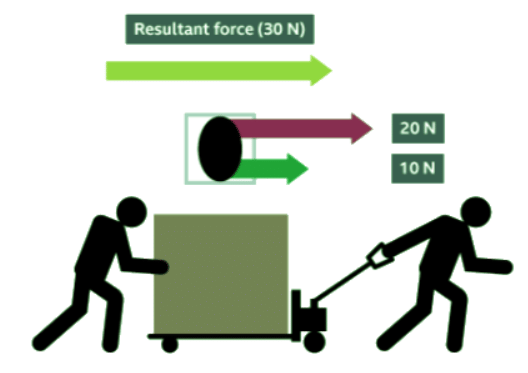
Forces Acting in Opposite Directions: When forces act in opposite directions, their magnitudes are subtracted to determine the resultant force. If the forces are 20 N and 10 N, the resultant force would be 10 N to the left.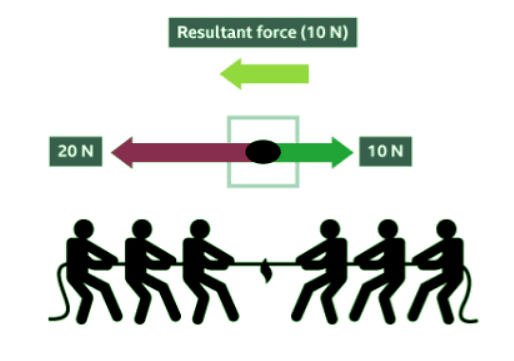
The Impact of Forces
The motion of an object and the resulting force acting on it are interconnected.
Equilibrium of Forces
When the forces acting on an object are in balance, there is no resultant force. This implies that the object may be moving at a constant speed, stationary, or completely still.
Let's consider the following scenarios:
- A car moves along a highway. The engine exerts a thrust of 500 N, while the air resistance opposes the car with a force of 500 N.
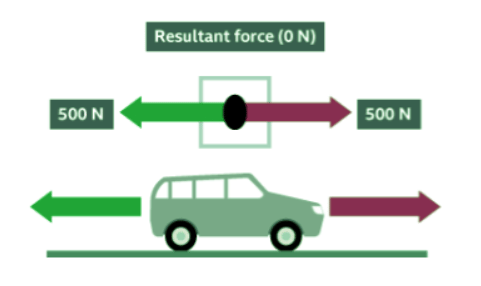 Resultant force = 500 N - 500 N
Resultant force = 500 N - 500 N
Resultant force = 0 N
There is no resultant force, and the car is traveling at a constant velocity. - A box is placed on a table. The weight of the force on the box acting downwards is 100 N. The table applies a 100 N normal reaction force upwards.
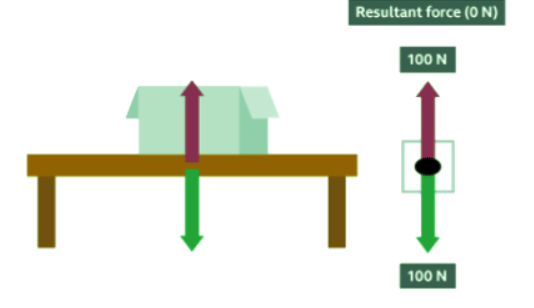
- Resultant force is calculated by subtracting forces: 100 N - 100 N = 0 N.
- When there is no resultant force, the object remains stationary and at rest.
Unbalanced Forces
If forces acting on an object are unbalanced, a resultant force is present, leading to acceleration or deceleration.
- Resultant Force in Motion: When an object is in motion, the resultant force is the net force acting on it. For instance, in the case of a rocket ascending, the resultant force of 40,000 N pushes it upwards.
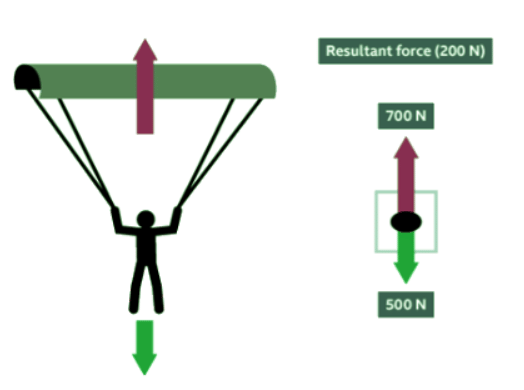
- Forces in Parachute Jumping: Consider a skydiver with a weight of 500 N and 700 N of air resistance. The resultant force of 200 N upwards occurs when the parachute is deployed, leading to deceleration.
FAQs on Force Diagrams and Resultant Forces - Year 7
| 1. What is a free body diagram? |  |
| 2. How do you calculate resultant forces in a free body diagram? |  |
| 3. How do forces impact an object's motion? |  |
| 4. What is the importance of understanding force diagrams and resultant forces? |  |
| 5. How can resultant forces be used in real-life scenarios? |  |


















